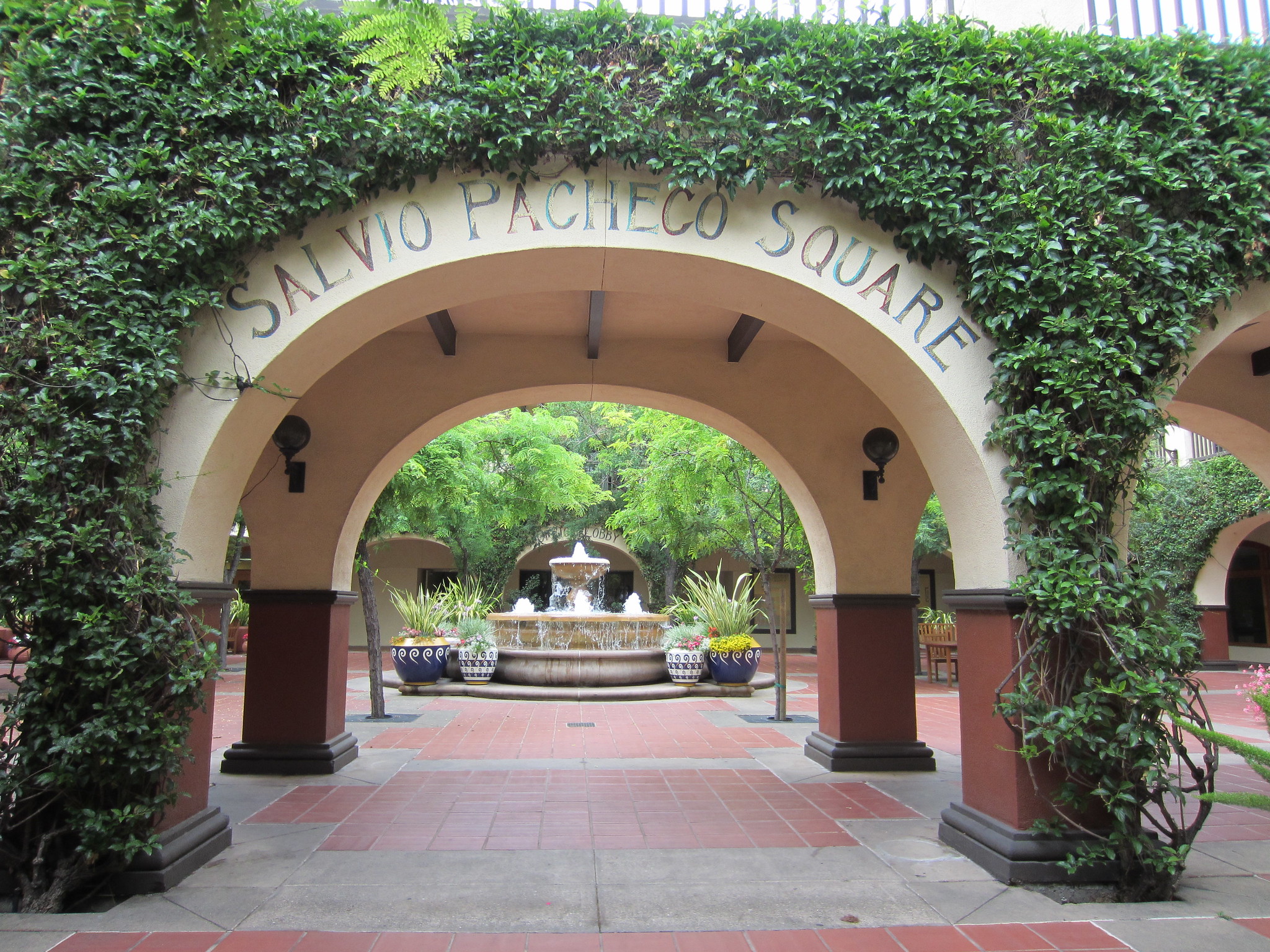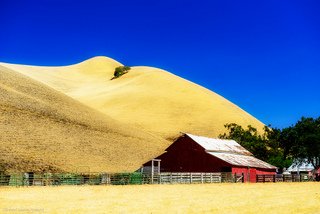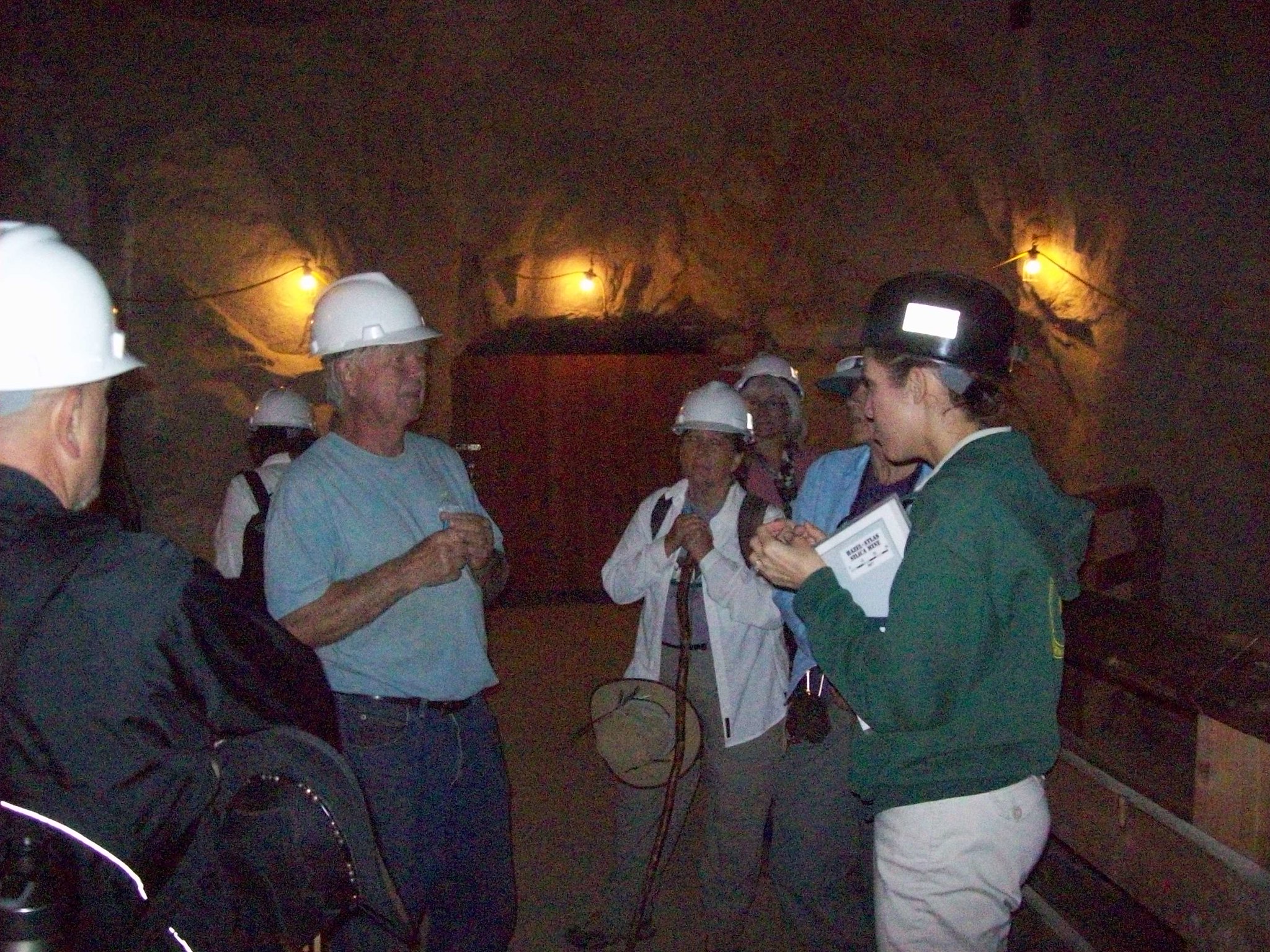Discovering Northern California
Contra Costa County
Contra Costa County Holds
Many Surprises and Insider Secrets
For one thing, while others were looking to strike it rich by digging for gold throughout California - in Contra Costa County, people were digging for black diamonds, otherwise known as coal.
Situated in the East Bay of San Francisco's Bay Area, this county is an interesting place, geologically.
In addition to the coal and sand deposits found in the north, there are fossil remains in the south, ridges that expose intact ancient seashells, and layers of volcanic ash.
Other surprises include that John Muir - famed Scottish-American naturalist, wilderness advocate, and protector of what was to become Yosemite National Park - lived on and worked a 2600 acre fruit orchard ranch in the county, near Martinez CA.
And have you heard of Rosie the Riveter/World War II Home Front National Historic Park in Richmond CA? Not to be blamed if you haven't - it was just created in 2000 and is still being developed.
Top Ten Contra Costa Towns

Concord, the largest city in the county, was founded by Salvio Pacheco in 1869 as Todos Santos.
Originally named Smith's Landing by founder brothers, William and Joseph Smith, in 1850, Antioch is one of the oldest towns in California.
Richmond was founded and incorporated in 1905 and was home to no fewer than four shipyards built along the waterfront during World War II.
Founded in the mid-1800s as The Corners, the Walnut Creek Post Office was established in 1862. The little town began to grow when the Southern Pacific Railroad brought service to the area in 1891.
Pittsburg, an industrial city in eastern part of the county, was originally settled in 1839 as New York Landing.
Having started out as a farming community in the late 1800s, Brentwood is still known for the products of its farms and orchards.
Although the city of San Ramon was not incorporated until 1983, American settlers first arrived in the 1850s.
One of the wealthiest and most expensive cities in the Bay Area, Danville was named after Daniel Inman, who arrived in 1854 and - with his brother, Andrew - purchased 10,000 acres with their California Gold Rush monies.
Martinez is the county seat. Named for Ygnacio Martinez, Mexican land grant Rancho El Pinole owner, Martinez served as a way station for the California Gold Rush in 1849.
The first post office for what is now the city of Pleasant Hill was created in 1848, but the city wasn't incorporated until 1961.
Visiting Contra Costa Today
 Rolling Hills and Ranch CC Daniel Hoherd
Rolling Hills and Ranch CC Daniel HoherdAccording to the county's official website, Contra Costa "was incorporated in 1850 as one of the original 27 counties of the State of California, with the City of Martinez as the County Seat. It is one of the nine counties of the San Francisco-Oakland Bay Area [and] is the ninth most populous county in California..."
The county played an enormous part in the war effort during World War II with its ship building and home front activities. And the post-war years played an enormous part in the growth of the county.
Still, it wasn't that long ago - within my own life-memories as an adult - that Contra Costa was a mostly rural county filled with rolling hills and dipping valleys, cattle ranches, orchards and farms, and not much else.
The county's most notable feature is and was Mount Diablo, the 3849 foot centerpiece of Mount Diablo State Park - 20,000 acres of Spring wildflowers, an extensive trail system, wildlife, rock formations, hiking, biking, horseback riding, and camping.
There is still much open space with scenic country drives, but in the intervening years, the towns and cities have burgeoned, prospered, and developed personalities, becoming attractions in their own rights.
County attractions include Mount Diablo State Park, the Mothball Fleet Tour, Eugene O'Neill National Historic Site, Lindsay Wildlife Museum, Cowell Ranch State Park and Black Diamond Mines Regional Preserve, John Muir National Historic Site, Rosie the Riveter/World War II Home Front National Historic Park, Sunvalley Shopping Center, the Martinez Adobe, Waterworld USA...
We'll be addressing these and other Contra Costa attractions in the coming weeks and months, so check back often for:
- Attractions
- Communities
- Parks and Reserves
Please continue your exploration of what Northern California has to offer by using the Nav Bars in the left and right columns or by using the links at the bottom of the page.
Like what you're finding here at Discovering Northern California? Then please share with the Social Network of your choice.
And thanks for coming!
Return to Discover Northern California's Home Page from
Discover Contra Costa County
- Home Page
- Contra Costa County
Related Pages
Bay Area
1906 Earthquake
Alameda County
Contra Costa County
Marin County
San Francisco
San Mateo County
Santa Clara County
Solano County
Related Pages
Hints & Tips
Beach Safety Tips
Best Kept Travel Secrets
Family Camping Tips
iPhone Travel Apps
Nude Beaches
Tide Pool Tips
Travel Sites We Love
Travel Tips
Whale Watching Tips
Wine Tasting Tips
Winter Driving Tips
Related Pages
Things To Do
Activity Village
Attractions
Beaches
Beer Lovers Delight
Burney Falls
Camping
Casa de Fruta
Day Trips
Gold Panning
Gold Rush Sites
Healdsburg
Historic Grass Valley
Lake Shasta Caverns
Lodi
Missions
Nevada City
RV Destinations
Ski Resorts
Tide Pool Tips
Travel Tips
Weekend Trips
Whale Watching
Wine Tasting
Related Pages
Free Things To Do
Free in Big Sur
Free in Chico
Free in San Francisco
Free in Sonoma
Related Pages
Insider Secrets
Best Kept Travel Secrets
Best Winter Whitewater
Boring Road? Nope
CA Admission Day
Climbing at Castle Rock
Crabbing Spots
Dream of Dreams
Fall in Eastern Sierras
Ghost Stories
Glass Beach
Great Stays, Low Pays
How to be a Valley Girl
Jade Beach
Lake Shasta Caverns
Lassen Volcanic SP
Lost Coast
Mono Lake
Moss Landing: Whales
New Clairvaux Abbey
Panning for Gold
Pygmy Forest
Mendo to Eureka
RV Destinations
SF Great Places to Eat
SF: More About Eating
SF Neighborhoods
SF Giants Baseball
Santa Cruz: Memories
Santa Cruz: Old Friends
Sonoma Cooking Class
Sonoma History
Sonoma Top Wine Stop
Tahoe: Discovery Trail
Underground Gardens
Yosemite: Family Hikes
Yosemite: High Country
YNP: Off the Beaten Path
Yosemite: Taft Point
Ziplines
